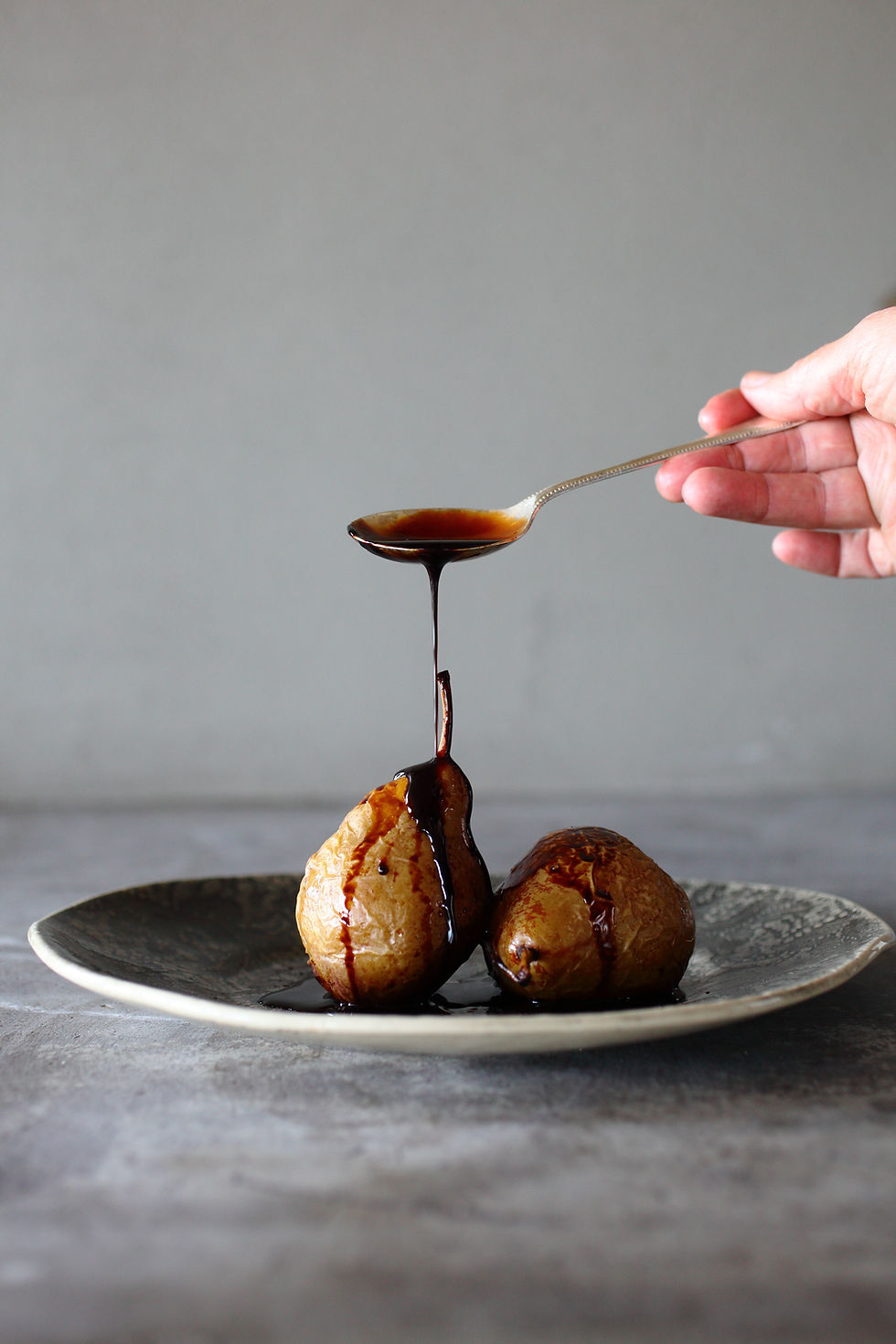Fire & Ice
- TA-OSH

- Feb 9, 2022
- 4 min read
Prior to the pandemic, I received a custom order for a heavily crystallized dress with feathers. The dress was delayed and slotted for the following year since most proms were cancelled. This is that journey.....

It begins with feathers. The design idea included two types of feathers. For the individual feathers, I used a ribbon to create a feather trim and make it easier to attach. Since the feathers were ordered from different vendors, there was the inevitable risk of the colors not matching. But I dye stuff so I thought worse case scenario I would need to do a small color adjustment. Dyeing feathers is hard! Well....I struggled with achieving a matching red across the feathers ordered. Took me weeks to get them all dyed and dried. Once that was complete, the feather trim was layered.
NOTE: Not sure if ya'll know this or not but putting the loose feathers on a trim is highly suggested before dyeing the feathers. They go into a nice little rolled bundle and you unrolled when dried. You can also bag them in a pillow case, tie and put in the dryer on low heat. Plus, it keeps you from having to blow dry for hours and hours and hours.
Warning, the house might smell like hot chicken for a little while.
The bodice of the dress:
Full rhinestone panel. (Planet Rhinestone)
Custom dyed stretch lining and spandex. (Taoshnhudes, of course)
Patience and perseverance.
Finding the perfect nude shade was tricky. Like most people, different parts of your body have a slightly different shade or tone. Mostly it is due to the amount of sun exposure the area gets. With this client, the shoulders, neckline and back were different shades. So, I dyed the front fabric of the dress a slightly darker shade then the back. Essentially, two very close color variations. It was so slight that one may not even notice....but I noticed.
After deciding on the perfect shade, I realized that the nude lace on the panel was dramatically changing the sheen and color of the lined fabric underneath. It drove me crazy. I had spent all that time perfecting the color only to have it covered up by a dull color panel mesh. As you can see, the panel was absolutely gorgeous. Then, the probability of dyeing it came to mind. In the past, attempts to dye the mesh on panels were not successful. I was doomed! Or so I thought. On the off chance that it might work and dug in the trash for the savage edges that I cut off. Good thing I don't throw out trash often. And it is a good idea to only throw away remnants in a can by themselves. This way, if you need to dumpster dive, you don't have to rummage through a lot of yucky stuff.
You will not believe it but the first test run was indeed a win. From there, I had to narrow down a shade direction based on how well the fabric dip dyed.
Why dip dye, TA-OSH?
Well, dip dyeing is a great way to dye materials gradually and you can decide if the color is to your liking one careful step at a time. Also, a way to prevent over coloring and going too dark. Once it is too dark in color, there is no going back. Unless, you have a time machine. Gradual coloring means you get another opportunity to get it right. If your dye bath temperature is low by the time you are ready to dip again, don't worry. You can reheat the dye bath repeatedly until you hit the maximum color development.
That is the maximum depth of color you can achieve based on the amount of dye used. In simpler terms, the color will not get any darker or richer no matter how much longer you leave it or dip it.
Just a little dyeing tidbit... Now back to this DRESS!
In this situation, I wasn't sure how the fabric and jewels would hold up to the heat. As well as, things like integrity of the fabric and if the jewels themselves would change color. It turns out with the right amount of heat and quick dipping method, I could change the color ever so slightly. I had to be quick though! Using my brain bank of color knowledge, I was careful about the concentration of dye and the number of dye attempts. There were quick color tests in between dips because the color would look somewhat darker when wet. This is true for most fabrics. It was a simple blow dried spot test. Then, that spot was layered on the dress fabric to see if my problem still existed. Took a few tries...like 3 or 4. Once I got to a color I was content with, I accepted it and forbid myself to go back and change it. The overthinking of a color can lead to a completely ruining a project. I didn't have the time to reorder and redye the panel.

I usually capture the processes to share but I was so stressed out about the panel I didn't even think about it.
Hours and hours of feather layering and filling in were the very last steps in the completion of this masterpiece. I had feathers every where and from time to time I find them still hidden in my sewing things.
And here we are with the finished product.
Look at that color! And that's in the sunlight. I impress myself sometimes. She was stunning! I love showing dresses in motion but I often get weirdos on the internet who do weirdo stuff with other peoples photos. Not to mention the fast fashion company's who use photos without permission. Plus, I respect the right to privacy.















Comments